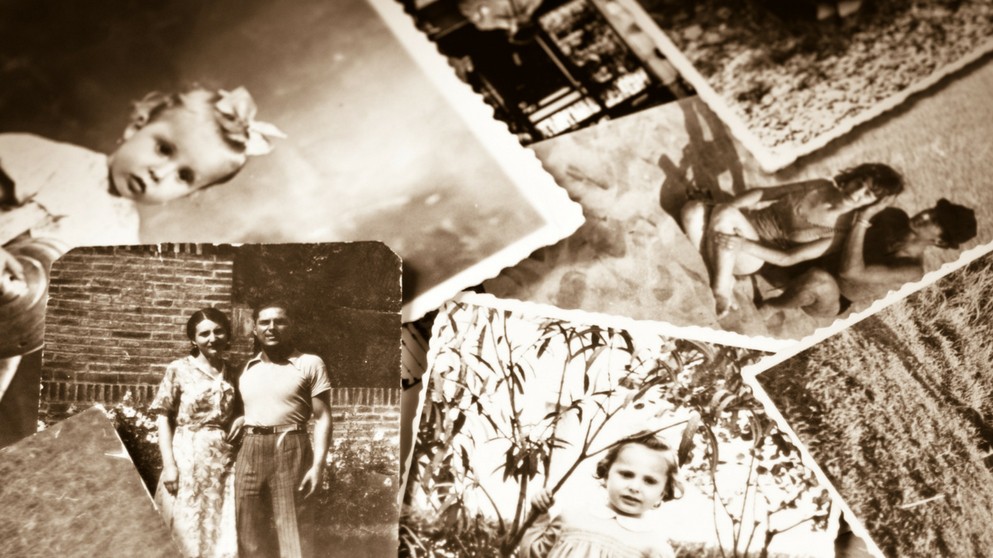Ancestry Research Quick Tips: Preserving Old Family Photos

Ancestry Research Quick Tips: Preserving Old Family Photos
Are you a family-history fan? Whether you’re a seasoned expert or have just done your first ancestry test and are now embarking on your research, chances are good you’re handling old family photos or documents. Passed down through generations, these items are literally priceless and originals are irreplaceable. As the heirs to this fragile bounty, it’s our responsibility to handle with care. Here are some very quick tips for preserving old family photos and other paper-based heirlooms.
Tip #1: Handling
- Keep it clean: Before you even get photos out of their containers, be sure to choose a clean space to work on and clear it of all other materials and debris
- Take care how you touch: Photographs and documents have different handling guidelines. If you’re touching papers, it’s OK to use your bare hands, as long as you wash your hands first and they’re lotion-free. Be sure to always use clean cotton gloves when handling pictures. Oils from your hands and fingerprints can permanently stain photographic treasures, including negatives
- No snacking allowed: Don’t eat or drink when handling old photos as part of your ancestry research: a careless mishap can happen in a moment and leave you with a lifetime of regret—not worth the risk!
Tip #2: Storage
- Location, location, location: One of the biggest mistakes people make is storing old photographs where it’s most convenient, rather than where it’s best for preservation. Attic or basement? Go with the basement! The optimal temperature to maintain the integrity of the photos is 75 degrees Fahrenheit or cooler. Chances are, your attic’s temperatures become much hotter than that during the summer months, while your basement is much more likely to stay cool and maintain a more consistent temperature.
- Hate humidity? Your photos hate it more: Humidity can cause your photographs to stick together if they’ve been stacked without adequate separators. If you try to separate photos after they’ve been stuck, they are likely to tear. High relative humidity (65% or higher) is conducive to mold growth and attracts damaging insects as well. If you live in a high-humidity climate, you may want to invest in a dehumidifier.
- Extreme dryness is no good: If you live in a dry, arid climate, you have the opposite problem. Keep the relative humidity above 15% to prevent photos from possibly becoming brittle.
Tip #3: Display
- Lighten up: Light is a very real problem. When doing ancestry research and looking through old photos, have you ever noticed that some of them are a lot more faded than others? It could very well be that the faded photos were once proudly and prominently displayed on a wall or dresser. Exposure to both visible and ultraviolet light cause fading and sometimes darkening. Here are some solutions to the light problem:
- Don’t display the originals at all—display copies instead and keep originals safely tucked away. With today’s copying capabilities, you can hardly tell the difference
- Use special ultraviolet-filtering glass when framing
- Avoid displaying in direct sunlight
- Keep window shades closed during the brightest part of the day, even if photos aren’t in direct sunlight
- Be careful how you frame: Make sure to use a window-type mat board so that the acrylic or glass from the frame doesn’t touch the original photo. All framing materials or photo album sleeves must be pH-neutral and acid-free

Getting to Know our Ancestry through Old Family Photos
Wedding licenses, birth certificates, and other types of family-history documents are wonderful, but nothing tugs at our heartstrings or brings our own heritage alive more than poring over old family photos. It is from these photos that we learn where little Johnny got his ears or how Aunt Louise inherited her very unique sense of style from her great-grandmother. Visual representations of our forebears are valuable tools both for our ancestry research and for our own sense of self—and that makes preserving these keepsakes the right way for the next generation a privilege as well as a responsibility.

Comments (0)